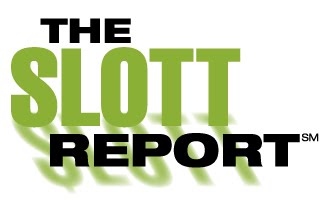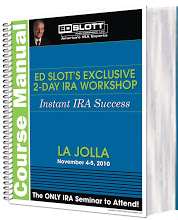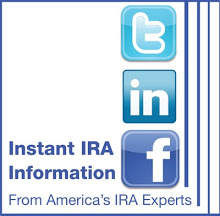When an IRA, Roth IRA, or employer plan account owner dies, there are three common questions that always seem to be asked.
What required distribution does the beneficiary have to take in the year of death?
This will depend on when the account owner dies. If death occurs after April 1st of the year after he turned 70 ½, then the required distribution (RMD) is what the owner, himself, would have been required to take for the year. Any amount the owner did not take must be taken by the beneficiary before year end. If the IRA owner dies before reaching that April 1st date, then there is NO required distribution for the year of death, even if the owner is age 70 ½.
When does the beneficiary have to take their first required distribution?
The first RMD for a beneficiary, based on the beneficiary’s life expectancy, must be taken by December 31st of the year after the owner’s death. This is true for all retirement plans, including Roth IRAs.
Remember: All RMDs not taken are subject to a 50% penalty which is paid by the individual who should have taken it.
Can a contribution be made to an IRA/Roth IRA for a deceased account owner?
Regular IRA/Roth IRA contributions cannot be made for someone who is deceased. The logic is simple - if you are deceased then you don’t need to fund your retirement. However, the answer is different for employer plans. Deferrals and employer contributions based on compensation earned in the year of death may still go into the plan.
Next week: How to correct the situation when a beneficiary has not taken RMDs.
By IRA Technical Consultant Beverly DeVeny and Jared Trexler
------------------------------------------------------------------------------
Comment, Question, Discussion Topic on your mind? Click on the Blue Comment Link below and leave your thoughts then check back to see what other consumers and advisors think.
*Copyright 2010 Ed Slott and Company, LLC
Wednesday, August 4, 2010
Retirement Plans and Death: RMDs, Contributions
Subscribe to:
Post Comments (Atom)
















0 comments:
Post a Comment